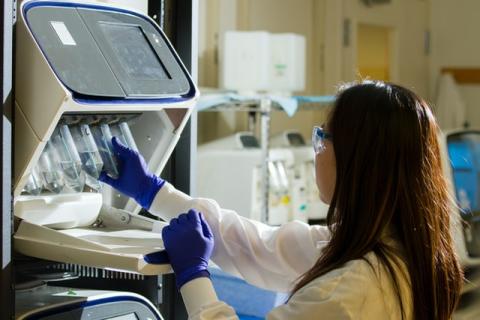
Photo credit: CDC
The inaugural NIH Workplace Climate and Harassment Survey (WCHS) was spearheaded by the COSWD Office in 2019 to assess the NIH workplace climate and identify elements of the NIH organizational climate associated with harassment. Recently, my predecessor, Dr. Hannah Valantine, and our own Dr. Charlene Le Fauve, COSWD Senior Advisor, along with our colleagues from the NIH Office of Behavioral and Social Sciences Research, shed light on the processes used to design and administer the WCHS in the Academic Medicine paper Ending Sexual Harassment in Science: Designing and Administering a Survey That Can Lead to an Improved Organizational Climate.
To help other scientific and academic research institutions create and implement similar evidence-based surveys, the article includes brief descriptions of three products describing the WCHS development process:
- Survey Development and Methods Report
- Survey Implementation Guide
- Survey Findings & Recommendations Report
Various forms of sexual harassment are pervasive in scientific research environments. A 2018 National Academies of Science, Engineering, and Medicine (NASEM) report found that sexual harassment takes a significant toll on women in science while damaging research integrity, and concluded that institutional sexual harassment policies failed to improve workplace climates or stem harassment. In a December 2018 COSWD blog post, Dr. Valantine discussed how gender harassment—the well-documented, most common form of sexual harassment—is at the core of workplace cultures driving women from science.
The findings from the NASEM report prompted the NIH to embark on a series of initiatives to address sexual harassment throughout the biomedical research enterprise, which included the development of the WCHS and recommendations to address harassment across the NIH.
A commitment to ensuring science is diverse, equitable, inclusive, and accessible is a key part of the NIH mission. This goal includes disseminating best practices and lessons learned to the broader research community in support of wide-scale culture change efforts. Anti-harassment resources and information about the survey are available for download on the COSWD Office website. We encourage everyone involved in scientific research to review the survey findings and materials.

